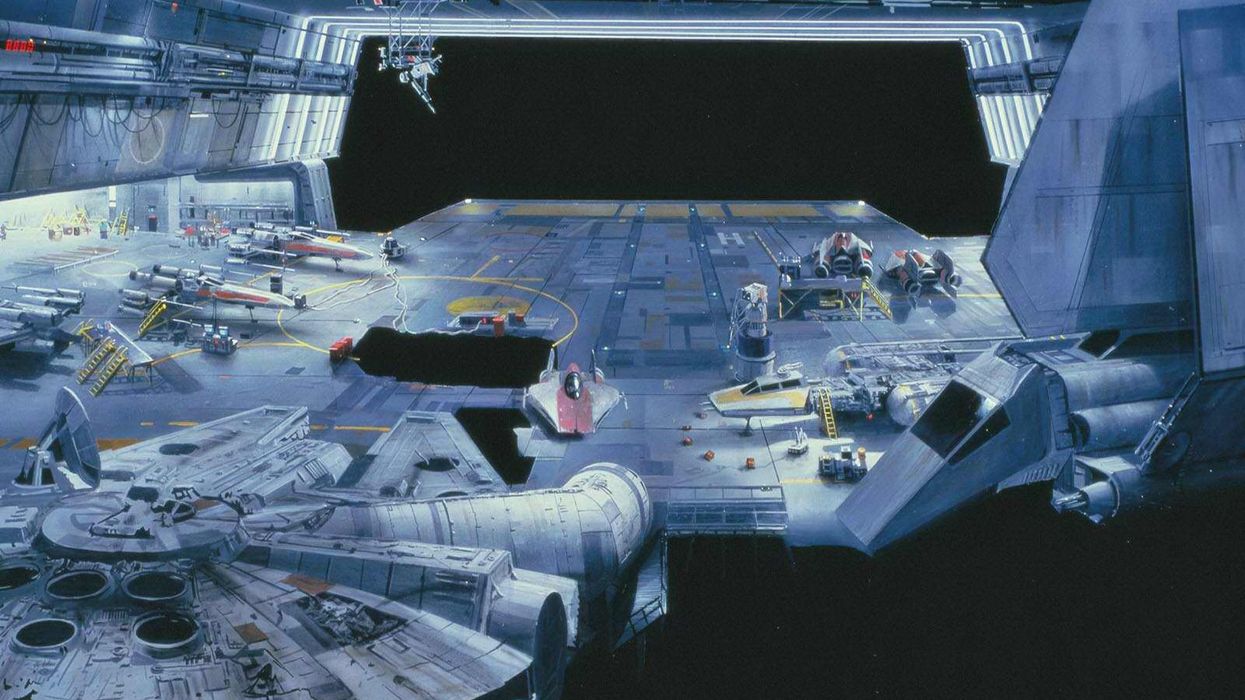Watch How the Masters Used to Create VFX for Movies in These ILM Videos
Back before VFX became a computer-only affair (for the most part), creating post effects required dealing with lots of physical elements.

You might already be very familiar with some of these tools and processes (some of them are still in use today), but it's fascinating what we take for granted these days, especially since some effects took an unbelievable amount of trial and error and experimenting:
Optical Printing
Matte Painting
You can see more examples of Star Wars matte painting here.
Rotoscoping
Space Battle
Miniatures & Bigatures
There are a ton more videos out there showing off new and old techniques, and even though we still deal with miniatures from time to time, most of these effects are now done with computers. Since even film is scanned into a computer (and sent back out digitally), the optical printing and rotoscoping are all done on computers, and matte painting, even if it was done manually these days (which is unusual), it would likely be scanned in and combined digitally with the other elements, rather than photographed optically with the rest of the scene.
If you've got examples of movies still using some of the old-school techniques (Christopher Nolan still famously uses miniatures), feel free to share them below.











